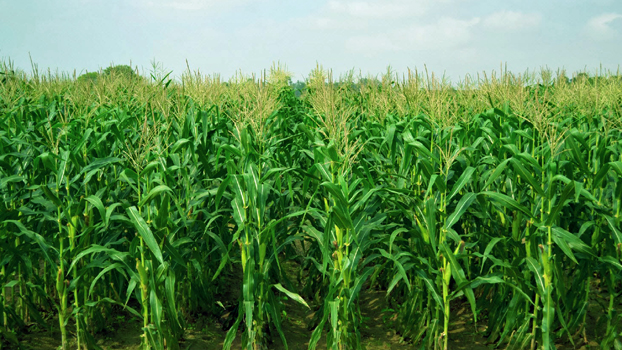Silage can open door to endless possibilities in Haor area


Sirajganj is called the dairy capital of Bangladesh. However, Haor in Kishoreganj can be the second capital of Dairy due to adequate use of land. Life in the haor area is different due to geographical reasons. The ability to adapt to nature introduces the people of this region a little differently. In the monsoon, the rivers overflow. Two arrows hit the crop field. It looks like a sea. Haor rains for about six months of the year. The water starts coming from early summer season. The last is early fall season. The rest of the months are dry there. As is basically two seasons in Haor.
70% of the people in the haor area are farmers. About 95% of the houses have cattle. But when the rainy season comes, the people of Haor fell into misery with cows. Extreme annual food shortages occur in this region. In this way many farmers sell their cattle. To solve this problem, any farmer or land owner can make use of crop abandoned lands to alleviate the shortage of food during the rainy season by silage in poly bags or hole method. This will create decent employment for new people and end the year-round beef crisis and create a door of immense potential.
Silage is the name of a process. It is an English term used to refer to a specially preserved grass or cow feed, which is intended to be used as an alternative to cow feed.
Having special materials for making silage; Corn cutting machine, polythene bag, mancha for storing bags, urea fertilizer, chitagur, shaded place. The cows can be fed directly to the cows at any time of the year after storage. The main condition for producing a cattle farm is to provide nutritious food. But providing adequate nutrition at low cost has become a huge challenge for current farmers. Silage can be an infinite possibility to overcome this problem.
To make silage, first one has to collect grass or maize plants. Corn is mostly used for silage. Silage can be easily made from the part that remains except the mustache, flowers and roots of the corn plant. Corn silage contains a lot of energy.
Corn is suitable for cutting silage as soon as black spots appear at the base of the corn kernels. At this time the amount of duty on maize is 30-35%. Maize plants should be planted 10-12 cm from the ground. Is cut high. These are then cut into pieces and made suitable for silage. It is better to mix silage with maize plant in the ratio of 1: 1 and minimum 1: 3. If non-ligum grass is not available, silage can be made by mixing it with dry straw.
First the trees should be cut to a size of 0.5-1.0 inches by a corn cutting machine. Molasses should be mixed well with the chopped tree at the rate of 3-4% and it should be filled in an airtight poly bag. The more windproof the poly bag, the better the silage quality. Thus, the mouth of the poly bag should be kept closed on the scaffold and in a shady place for up to 40 days. It will be considered suitable for use as cattle feed after 40 days. This means that it can be stored for up to a year.
The rules of silage through holes are a bit identical. There is actually no measurement for silage holes. Make sure that the depth of the grass is below the level of the grass. It is better if the level of soil and grass is equal. This will prevent water from entering the hole. Polythene must be spread under the hole. Then you have to spread the cut grass step by step on it. A mixture of chitagur and water should be sprinkled between the two steps. Measure 3-4 percent of green grass and take it in a sieve. Then mix 1: 1 or 4: 3 amount of water in the thick chitagur and it will be suitable for spraying on the grass. Care should be taken so that the mixture is not too thick or too thin. The solution should be prepared in such a way that it sticks to the grass like glue.

